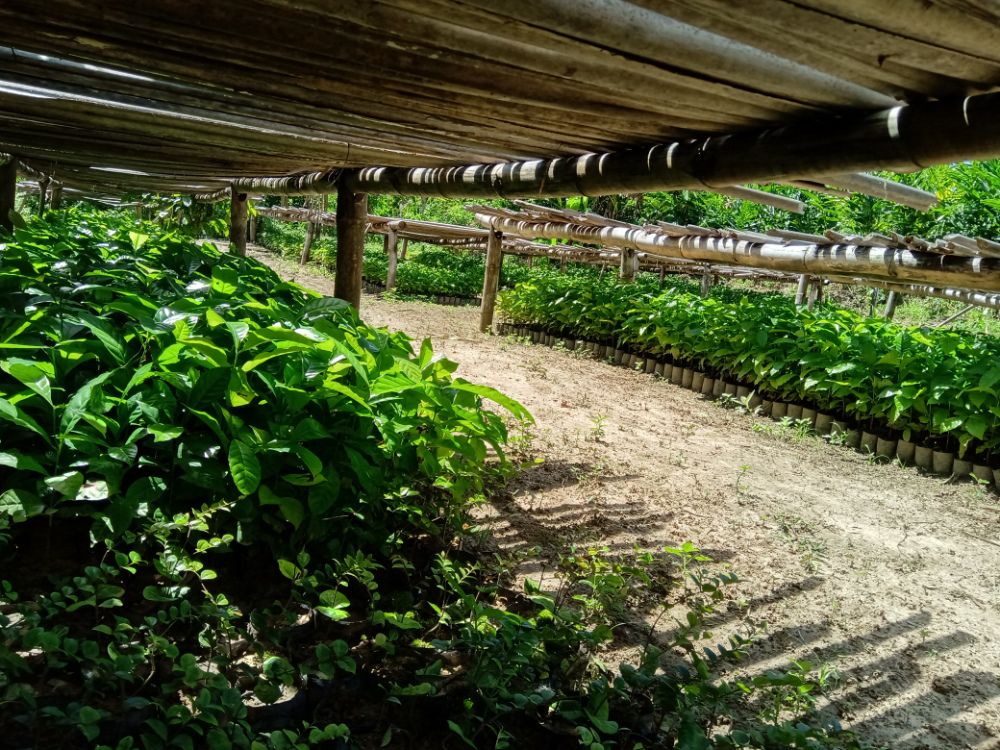In Madagascar, our agroforestry project initiated in 2018 keeps on bearing fruit among local communities. Find out what happened in the last few months !

Why plant trees in agroforestry in Madagascar ?
Extraordinarily rich in biodiversity, Madagascar's forests are threatened by slash-and-burn agriculture. This practice, long encouraged by the government and deep-rooted in local customs, aims at burning a forest plot in order to enrich it with nitrogen before planting food crops. Our reforestation project, carried out in the field by our partner Génération Masoala, enables the Ambatobe area inhabitants, in the north-east of the island, to develop agroforestry with the aim of reconciling trees and crops, without destroying the forests. By becoming aware of the interest of a protective forest cover for their maize or cassava crops, and of the capacity of the planted trees to enrich the cultivated soils, local communities are turning away from the slash-and-burn practice. Since the initiation of the project, the Fire Brigade has thus noted a considerable decrease in forest fires within the Masoala National Park. As shown on the NASA map below, the peninsula breathes thanks to the avoidance of fires, compared to the rest of the territory.


An objective of 50,000 trees planted by 2020
Produced in the five community nurseries associated with the project, 50,000 seedlings of various species will be planted in local farmers' fields by the end of 2020. Among them, nearly 20,000 trees have already been planted in the first half of the year, notably during two days of participatory planting that were organized in April by our local partner alongside the villagers, whose enthusiasm for the project continues to grow following the first results.
- The fruit species, such as coffee and cloves, will enable the project beneficiaries to obtain a harvest that will be sold on local markets within 3 years. The first coffee trees financed by Reforest'Action in 2018 had their first blossoms this season, which is promising for future harvests.
- Fast-growing species such as albizia and acacia will make it possible to produce firewood and timber in 20 to 30 years.
- Local forest species, such as hintsy and nanto, will provide a protective cover for the underlying food crops, sheltering them from rain or too much sun, and will enrich the cultivated soils.
The 30,000 plants remaining in nurseries will be planted between September and November, during the next planting season.
